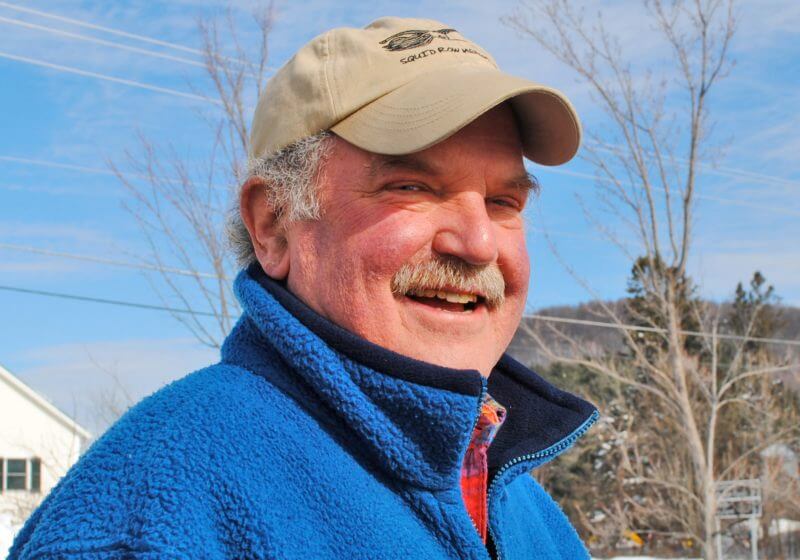Is our country a river?
I met her accidentally in St. Paul, Minnesota
She tore me up everything I heard her drawl, that southern drawl.
Well I heard my dream went back downstream, cavortin’ in Davenport
And I follow you big river when you call.
“Big River” – Johnny Cash

Do we see our planet as a living being unto itself with its own arteries and veins that, instead of carrying blood, are waterways that feed parts of our earth’s system with water?
For example, let’s look into this country’s water anatomy. It is an anatomy that is divided by a major artery, the Mississippi River. It starts in my home state, in Lake Itasca, then drains south, fed by enough tributaries to eventually build into the major stream it becomes around the twin cities of Minneapolis and St. Paul, a distance of just over 200 miles.
Known as the “land of ten thousand lakes,” my home county had none of them. We relied on “The River” for our watershed. We never mentioned “The River’s” name specifically. Yet, everyone knew it was the Mississippi.
As this country’s artery, it was a water highway for goods and supplies that began its barge traffic in St. Paul and carried it through locks, staying within shipping channels, through St. Louis and all the way to Louisiana to be loaded on freighters for shipment overseas.
Whereas the inter-state highway system was developed to both carry goods quickly across the country and to provide a defense rail system from coast to coast, “The River” is primarily a means of commercial transportation.
It also happens to be a major vacation artery. For many of my friends and their families, it was where you went weekends, even though it was 35 miles away. (My family’s water vacation happened to be well north, the greatest of the “Great Lakes,” Superior. Among other amenities, it provided clear drinking water only a pump away from our camp. Water was definitely not drinkable out of “The River.”)
So while we did not have a vehicle on “The River,” many of my friends did, and I sponged off them regularly. To provide some significance of “The River’s” importance, I found it curious that my father’s boss, while working in Rochester, lived an hour away in Wabasha and in those days commuted daily. Furthermore, whenever asked where he did live, he seldom said Wabasha. Rather he replied, “Oh, I live on the river,” even though his house was smack dab in the center of town. (The house also became a movie star as the home of Anne Margaret’s character in Grumpy Old Men. Its decor competed well beyond the ice fishing shacks that filled much of Wabasha harbor each winter.)
Red Wing was another river town. It was the home of the Red Wing Boot factory, a major designer of outdoor and hiking boots. Once one considered buying a pair, the boots had to be tested by climbing Red Wing Bluff and looking out over “The River.” If they worked well after that exercise, one traipsed a bit north to down a bottle of Bub’s Beer, which advertised itself as “Brewed in the shadow of Sugarloaf,” another vantage point above “The River.”
The River was truly a life-giving artery to the upper Midwest. It provided both pleasure and commerce. We even enjoyed powering our outboard into the wake of a tugboat and getting bounced until our stomachs gave in or the wake dumped us. We were clueless as to what drowning meant in human terms.
I see similar water arteries in New England, the Connecticut River being the one that comes immediately to mind. Having spent a year in Hanover, I was made aware of the annual Connecticut River Run, a paddle from Dartmouth College to Long Island Sound, an indication that, in my day, if you completed it you were a true Dartmouth Indian.
Don’t say that the Mississippi or the Connecticut calls. Tell me that The River whispers my name. N’Orleans and the Sound beg my presence. They are in my blood, rivers of my dreams.
“Eventually, all things merge into one, and a river runs through it. . . . I am haunted by waters.”
(Norman Maclean, A River Runs Through It, University of Chicago Press)

